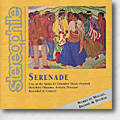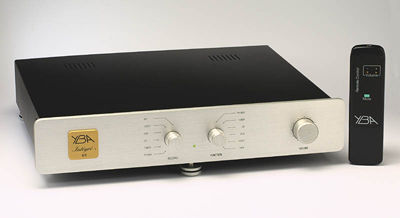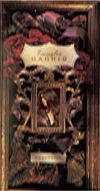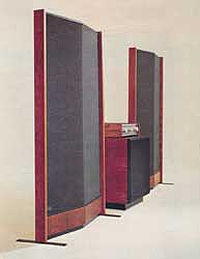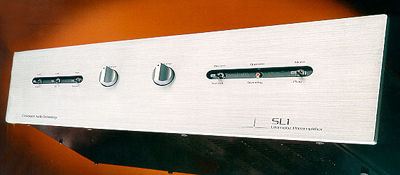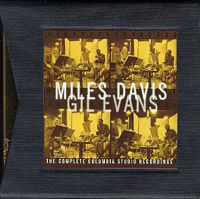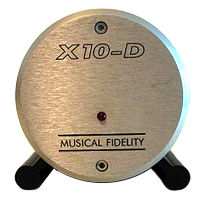Serenade: the 1996 Santa Fe Chamber Music Festival CD
A musical highlight for us at <I>Stereophile</I> in 1995 was the opportunity to record several concerts at the world-famous Santa Fe Chamber Music Festival. The result was a <I>Stereophile</I> CD, <A HREF="https://secure.stereophile.com/stereophile/recordings.shtml"><I>Festiva…; (STPH007-2), which features the original chamber version of Aaron Copland's <I>Appalachian Spring</I>, Darius Milhaud's jazz-inspired <I>La création du monde</I>, and the premiere recording of the 1995 Festival commission, Tomiko Kohjiba's <I>The Transmigration of the Soul</I> (see <I>Stereophile</I>, January 1996, Vol.19 No.1, p.132). We were pleased, therefore, to be asked back by the Festival in 1996. Once again we have produced a CD of live recordings, <I>Serenade</I> (STPH009-2), which features chamber works by Mozart, Brahms, and Dvorák.

